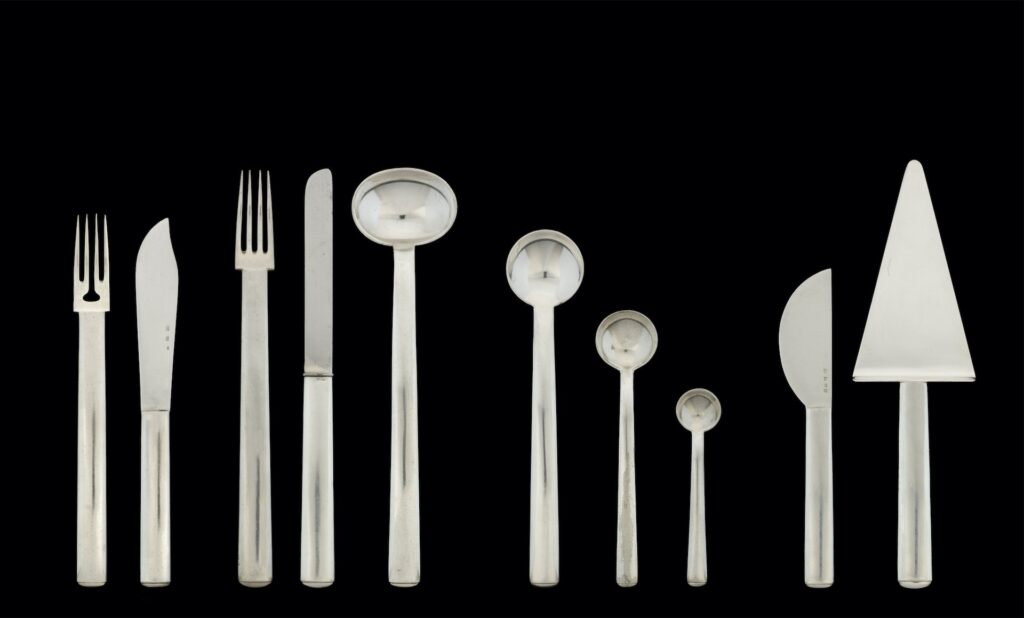
“Yves Macaux has maintained the exceptionally tight focus of a true specialist, dedicated to a body of avant-garde material that was produced in a specific locus during a specific era: Vienna at the turn of the last century. By excavating the riches of that era and keeping his gallery’s approach centered on that high-water mark of design and the decorative arts, he has made a considerable contribution to the collecting pursuits of many museums and collectors alike. His gallery’s stunning exhibitions and accompanying catalogues have constructed—through superlative objects and critical scholarship—a powerful intellectual foundation upon which others have based their own work.”
Design Historian and Curator Derek Ostergard
Perhaps because I was raised amid a strong Germanic cultural presence, “Vienna 1900” is one of my favorite chapters in the story of modern design. My family came from Munich and originated in 18th-century Feuchtwanger; a little town in Bavaria lent my family its name. I love Austrian literature of the early 20th century, particularly Franz Werfel and Stefan Zweig. I find the Blue Danube Waltz by Johann Strauss II romantic and inspiring. I am a true Zionist, a devotee to that amazing movement founded by Theodor Herzl in Fin-de-Siècle Vienna calling for the foundation of a state for the Jewish people.
Vienna in 1900 was the cradle of international culture and the site of monumental intellectual innovations in music, philosophy, economics, and the arts. It was the home of the father of psychoanalysis Sigmund Freud, philosopher Ludwig Wittgenstein, and musicians Arnold Schoenberg and Gustav Mahler. With the founding of the Vienna Secession in 1897 and the Wiener Werkstätte in 1903, the city became the birthplace of modern design.
Since the rediscovery in the 1980s of Viennese modernism and the works of Gustav Klimt, Otto Wagner, Josef Hoffmann, and Adolf Loos, Viennese design has become an important area of institutional and private collection. Today works of Viennese modernism are more and more rare, holding blue chip status in the international marketplace and exhibited only in the world’s most esteemed art and design fairs. No other dealer in the world specializes in the masterpieces of Viennese design more than Yves Macaux, my guest for this week’s Collecting Design: The Legends program. Macaux spoke to us about the rare and remarkable objects that have passed through his hands in recent years. Each created as a special commission for a historic domestic project, these pieces demonstrate the exceptional allure of the Wiener Werkstätte, an innovative and influential artisan cooperative founded in Vienna in 1903 by graphic designer Koloman Moser, architect Josef Hoffmann, and patron Fritz Warendorfer.
Hoffmann articulated the core of the Wiener Werkstätte’s mission when he wrote: “As long as our towns, our houses, our rooms, our furniture, our utensils, our clothes and our jewelry, our language and our feelings do not reflect—elegantly, simply, and beautifully—the spirit of our own time, we are living at a level far beneath that of our forefathers, and no equivocation can disguise these weaknesses.”
The Wiener Werkstätte (Vienna Workshop) operated as a manufactory and retail outlet, employing highly skilled craftspeople who produced everything from complete interior schemes, to furniture, tableware, fashion, and jewelry. It was responsible for some of the most gorgeous and memorable designs in history. Despite its ongoing financial struggles, it achieved great success among a circle of wealthy industrialists who embraced modern design in order to move away from the traditions of the 19th century in favor of future-facing living, an expression of their progressive intellectual tastes.
Over its 29-year existence, the Werkstätte underwent three stylistic phases: the cutting-edge modular geometric idiom; the neoclassical idiom; and finally the baroque idiom. Throughout, these creators adhered to a desire to merge the fine and applied arts—architecture, design, painting, sculpture, and the various crafts—to produce Gesamtkunstwerk (total works of art), environments unified and harmonized through each component design element.
To represent the early phase, Macaux shared two examples, metal objects that feature the hammered and punched surfaces that have become the hallmark of the Werkstätte’s production. In both design and craftsmanship, these objects embody a dialogue between the simple and the sophisticated, displaying the novel aesthetics that the Werkstätte aimed to promote. A vase by Hoffmann—crafted in 1904 in a form that was radical for its day—employed alpaca silver, which, Macaux explained, is a plated metal alloy commonly found in the Werkstätte catalogue in an effort to make its products more accessible to the general public. No less radical are vases by Moser, crafted in 1905 in silver, ivory, and lapis lazuli. Moser created dozens of designs for the firm, but his work for the Werkstätte ended four years after its foundation, when he became unhappy with the financial constraints of the company, afraid he would become personally liable.
Next we looked at two different streams in the Werkstätte’s furniture production: specially commissioned pieces crafted in traditional and complex marquetry (inlaid in exotic woods and mother of pearl), versus simple pieces in bentwood, manufactured in high quantities by Austrian furniture company Jacob & Josef Kohn. Macaux showed us a pair of chairs designed by Moser for the dining room of Dr. Hans and Gerta Eisler Von Terramare’s apartment. With a simple modernist form embellished by 19th-century-style ornamentation, the chairs express the luxurious spirit of the era.
Macaux concluded the talk with three further examples of the Werkstätte’s magnificent oeuvre: a prototype hanging lamp, a small piggy bank, and a tea service, all related to Hoffmann’s most celebrated project, the Palais Stoclet, the Brussels home he created in for his trophy client, banker Adolf Stoclet. The three jeweled objects exemplify the lifestyle that the Werkstätte proposed and its Gesamtkunstwerk ideal. Looking at these rare, historical objects with Macaux’s guidance reinforced the uniquely collectible aspect of this historical material.
As this week’s talk came to a close, I recalled a comment I once received from interior designer Julie Hillman: “Yves was the first person who exposed me to Austrian collectible design—about 15 years ago. The quality of the pieces he has are without a doubt the highest quality in the world, with impeccable provenance. The simplicity of Austrian design not only pairs beautifully with mid-century work, but when properly paired with contemporary pieces, it is perfection.” This article was published today in Forum Magazine.
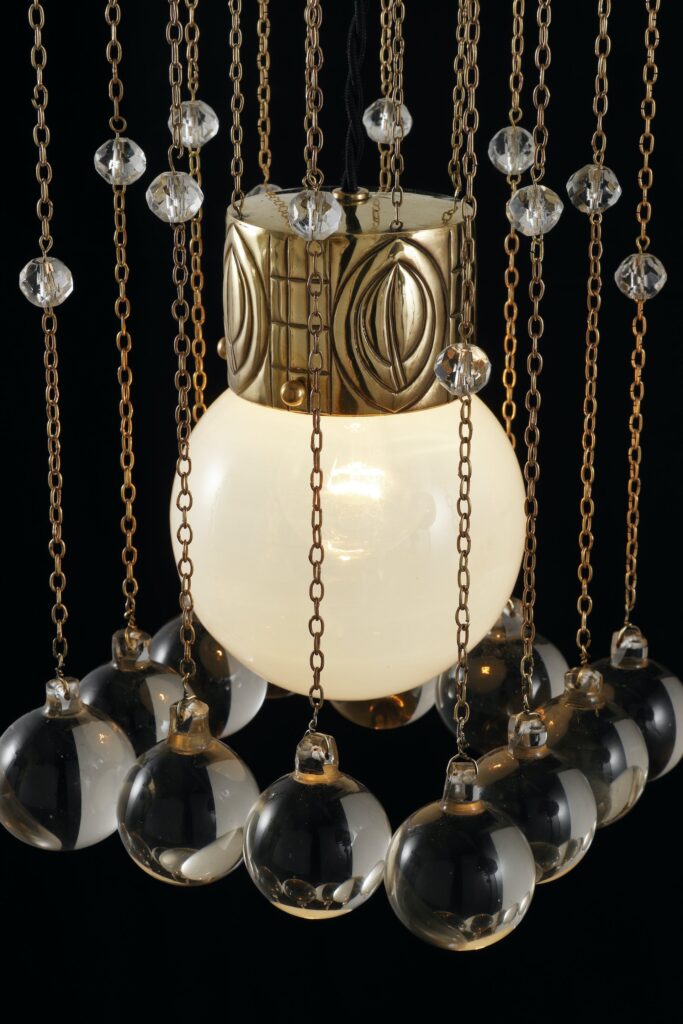
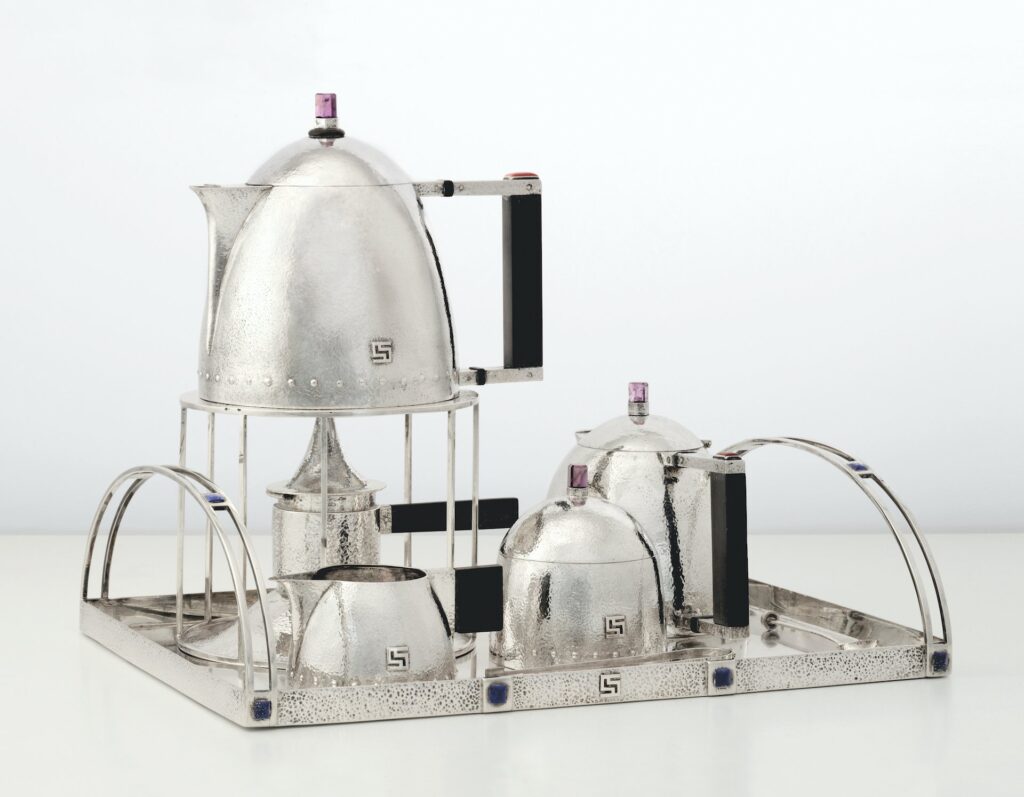

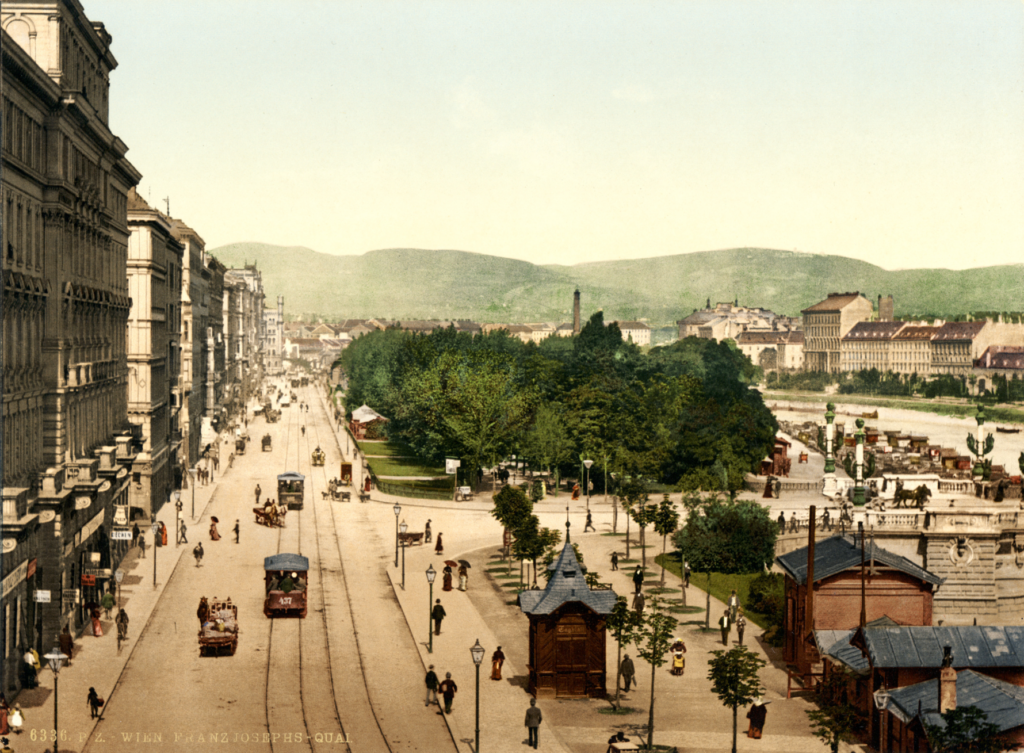

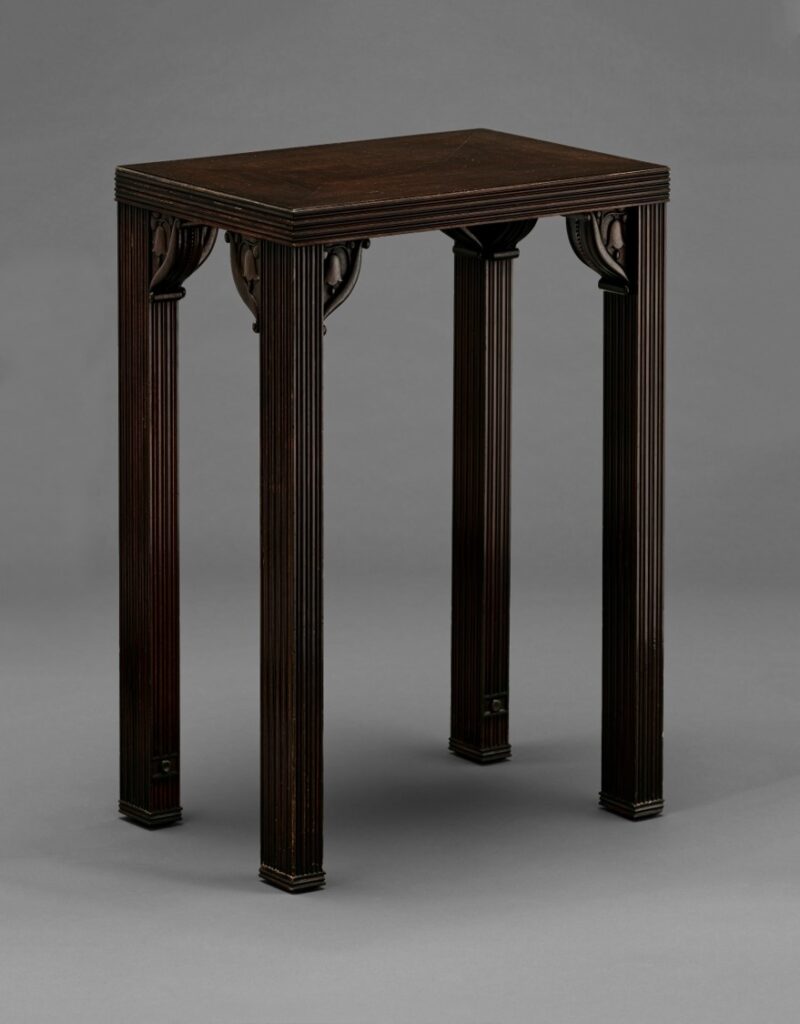
Side Table by Josef Hoffmann for Otto and Madä Primavesi, c. 1916. Photos © Pasodoble.
